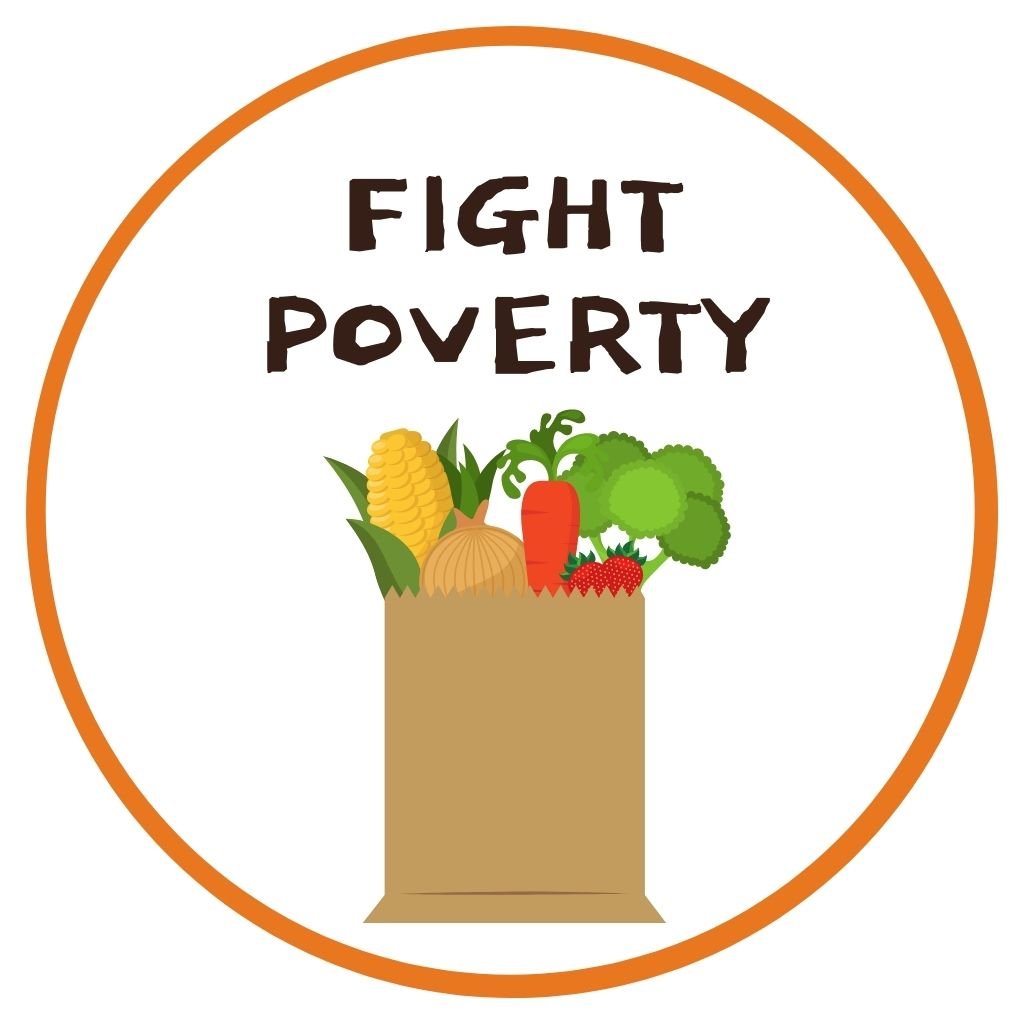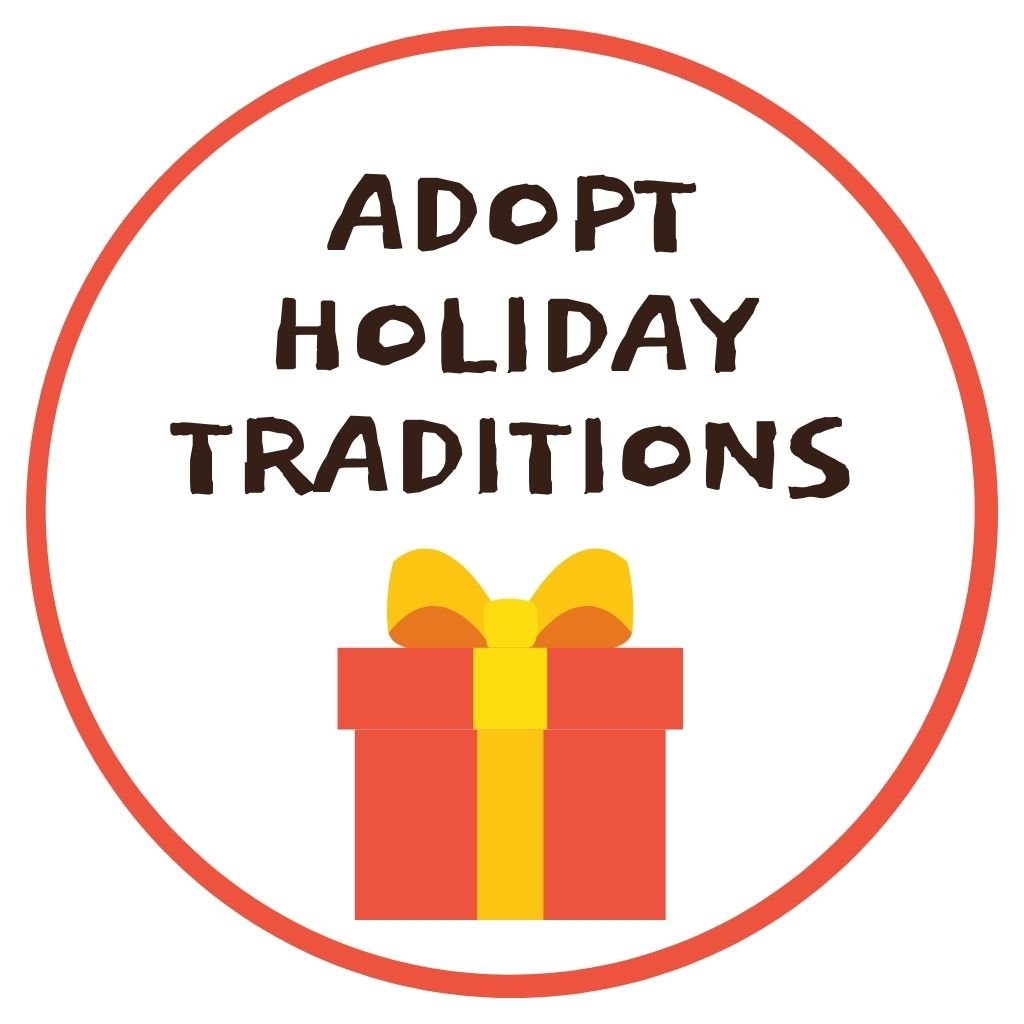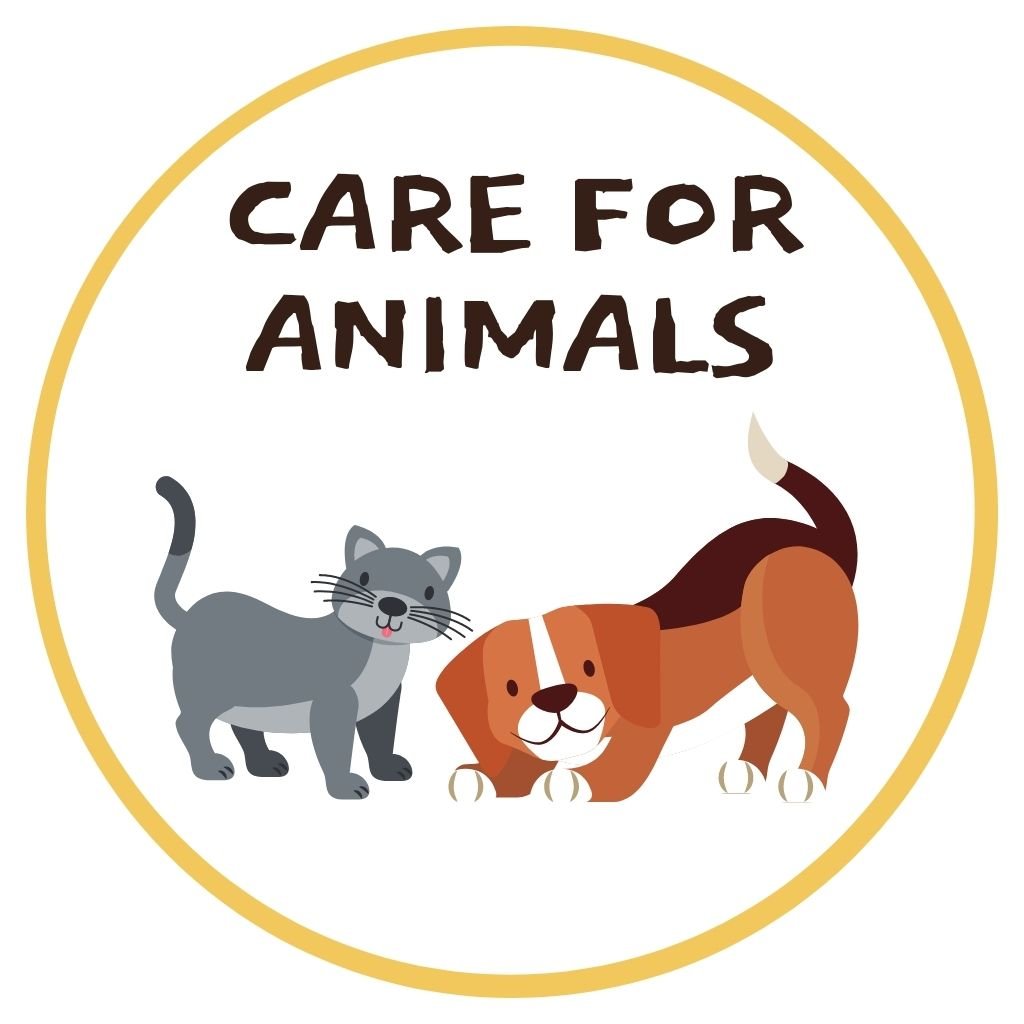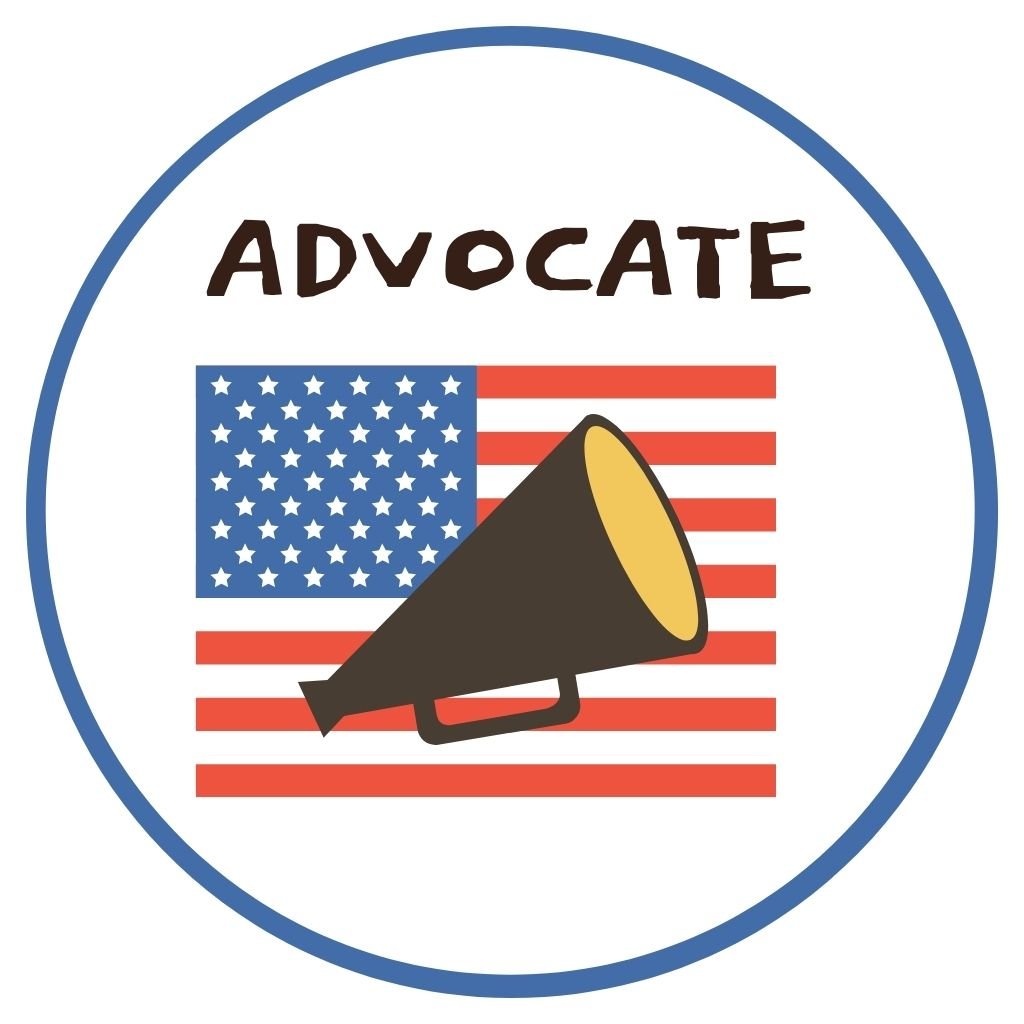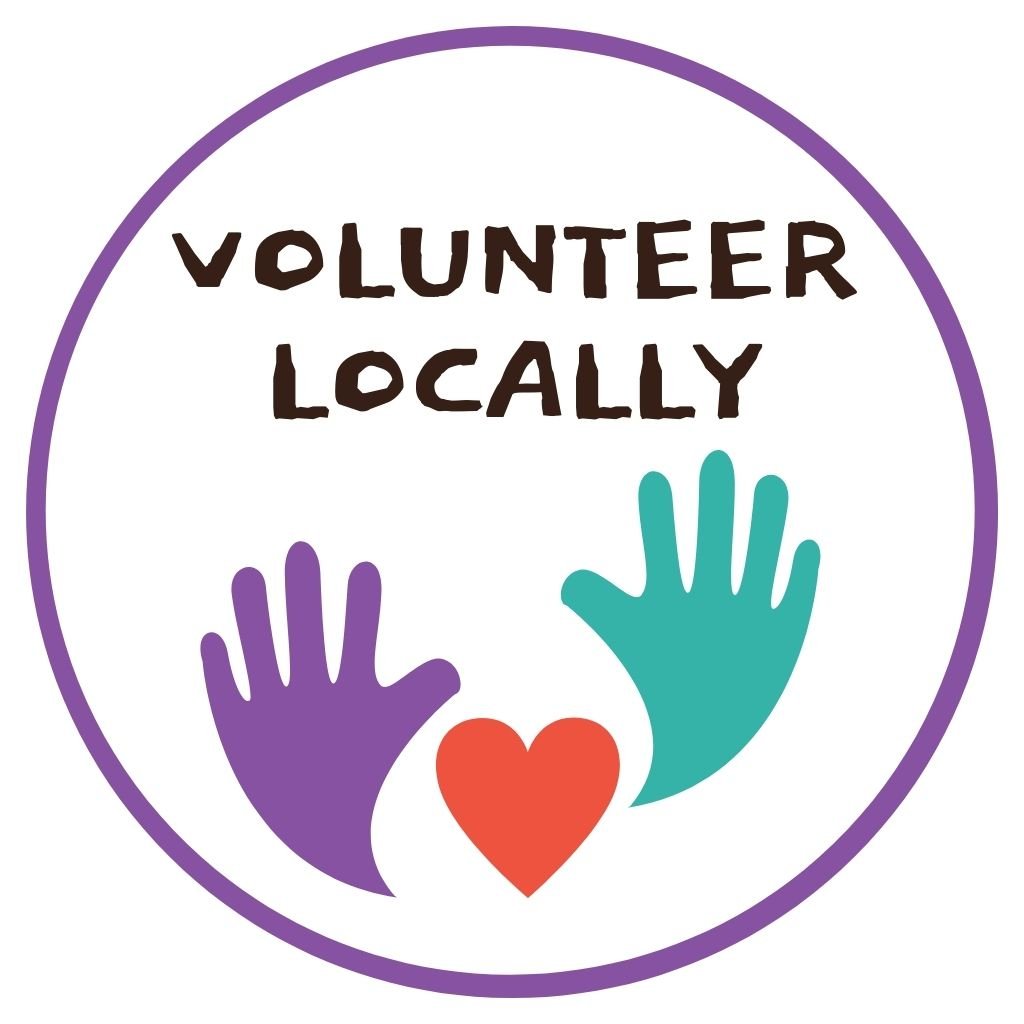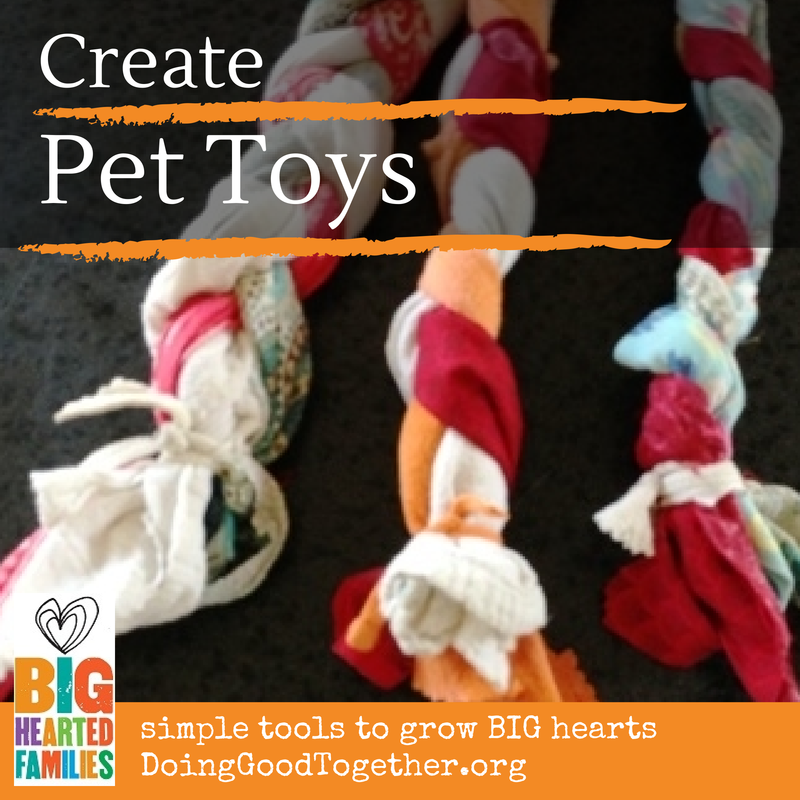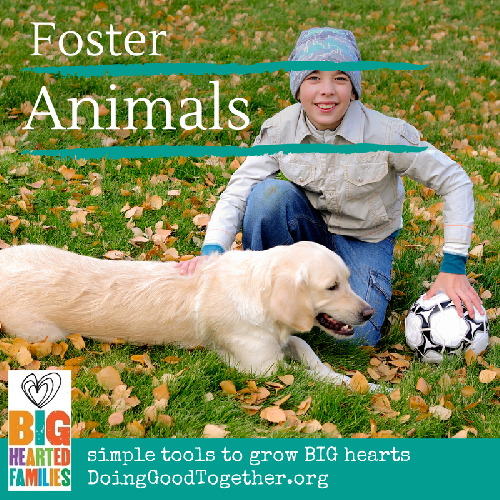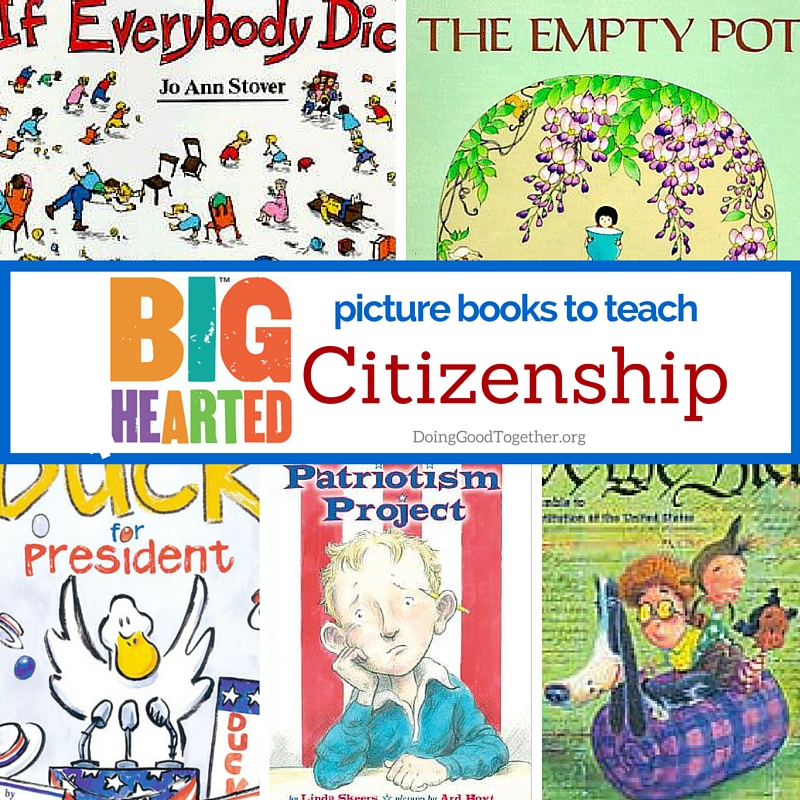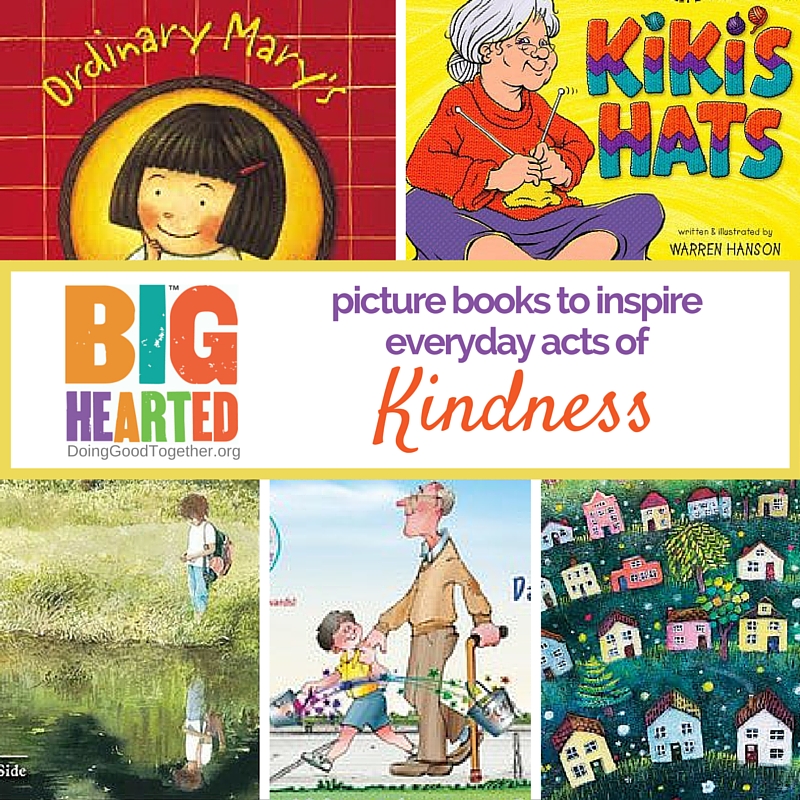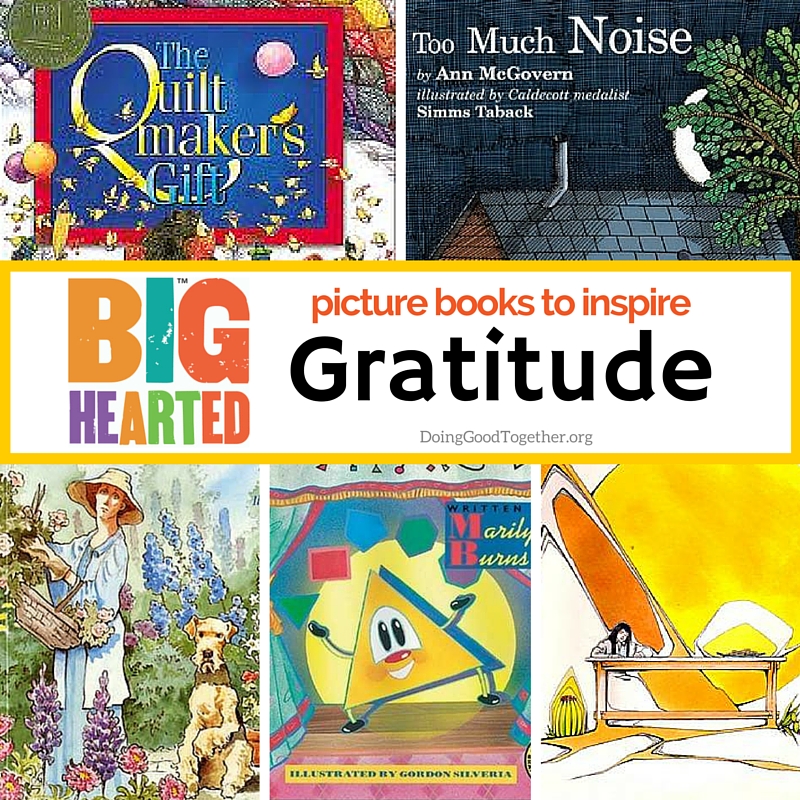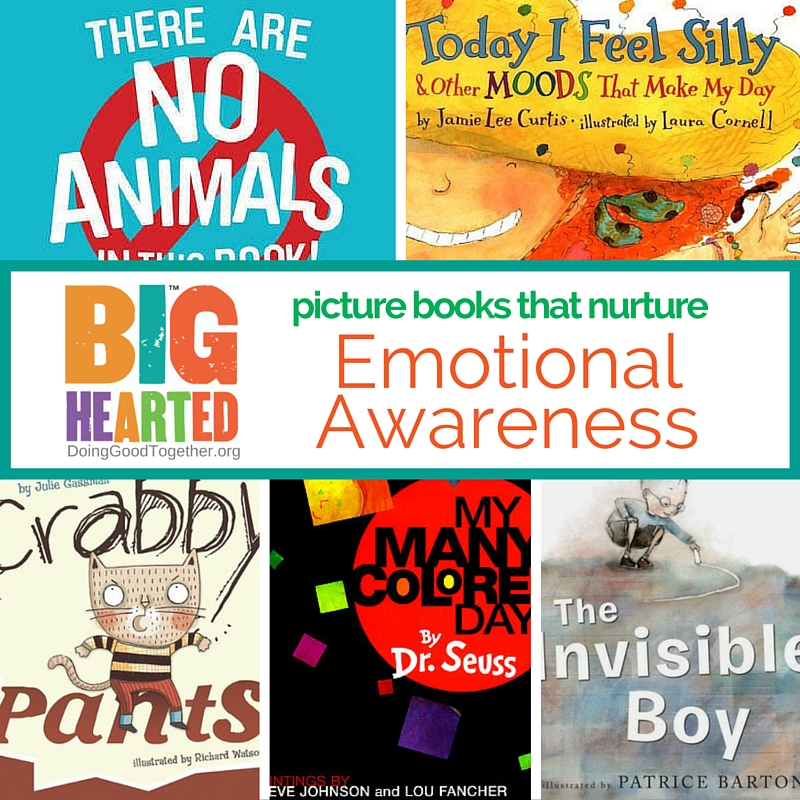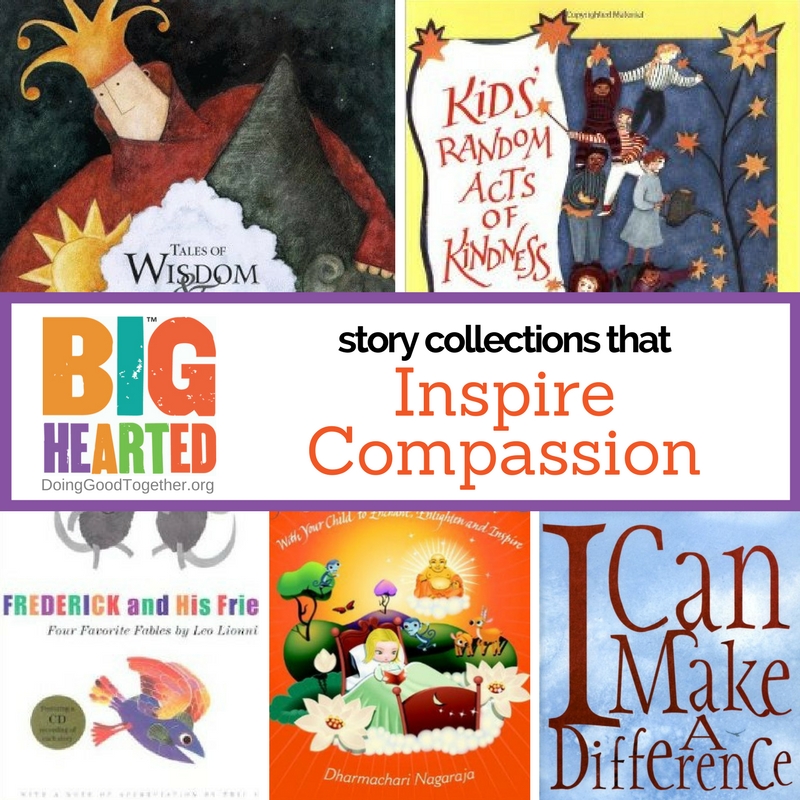Offer support and hope in times of grief.
Decorate smooth stones with comforting messages and images. Then share them with people (or organizations supporting people) who are grieving.
Possible recipients
Share your creations with a local organization that supports grieving families, for example, Brighter Days Family Grief Center in Minneapolis, or with people in your life who are coping with loss.
What you’ll need
Stones, gather your own, or try these
Instructions
Using paint markers, decorate a rock with a simple message or image of support.
Some examples include:
Words: Love, Peace, Strength, Hope
Images: Heart, Sun, Peace Sign, Get Creative!
Let your stones dry completely.
Deliver them in as a family.
Reflection questions
These questions are intended for families and children supporting others who are grieving. If you are supporting a child who has lost a loved one, the Dougy Center: The National Center for Grieving Children and Families, is incredibly helpful.
How do you think people feel about talking about death and grief? How do you feel about talking about grief? Do you have any questions about it?
Have you experienced grief or loss? Do you feel comfortable telling your story?
Death is a natural and inevitable part of life. How do you think our culture talks about death and dying? Can you recall books or movies that show examples of death or grief?
How does our family celebrate the lives of our loved ones when they die?
Resources
Cry Heart, But Never Break by Glenn Ringtved
This simple, beautifully-told story from award-winning Danish author Glenn Ringtved, features death as a gentle houseguest. He then tells four children a story to help them understand grief, loss, and the importance of saying goodbye.The Five Lives of My Cat Zook by Joanne Rocklin
This deceptively light-hearted book features Oona, her brother Fred, and their ailing cat Zook. Oona and Fred are grieving for their father, who passed away a year before the action opens in the story. Laugh and cry with them on their journey to come to terms with the tumultuous cycles of life and death.
Take it further
If you’re creating stones for a grief support center, ask what other volunteer needs they may have.
Craft supportive, encouraging cards to share along with your stones.
Tell stories about loved ones your family has lost, recently or long ago. Young children love to hear family stories and it’s comforting to keep loved ones close through story.
Disclaimer: Doing Good Together™ is a participant in the Amazon Services LLC Associates Program, an affiliate advertising program designed to provide a means for sites to earn advertising fees by advertising and linking to Amazon.com.
The recommendations we offer are based solely on our mission to empower parents to raise children who care and contribute.




